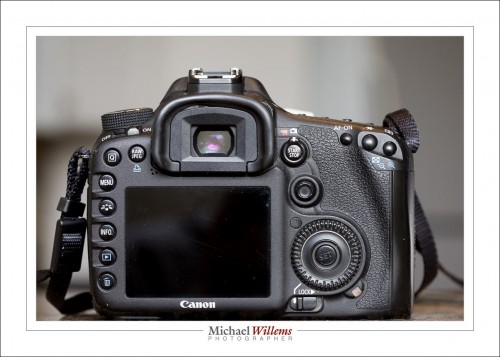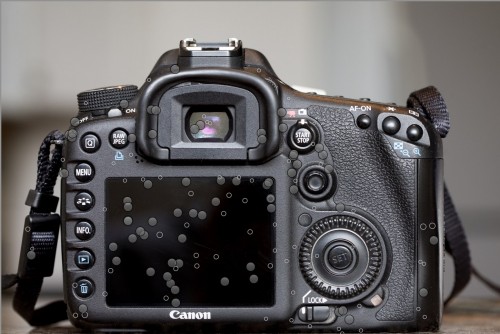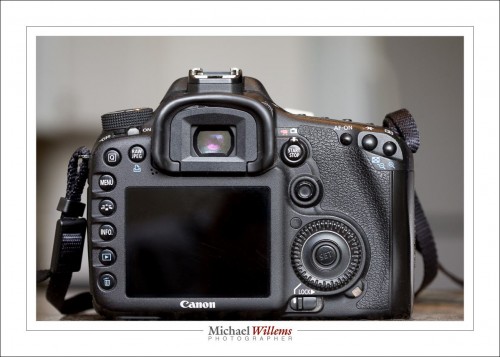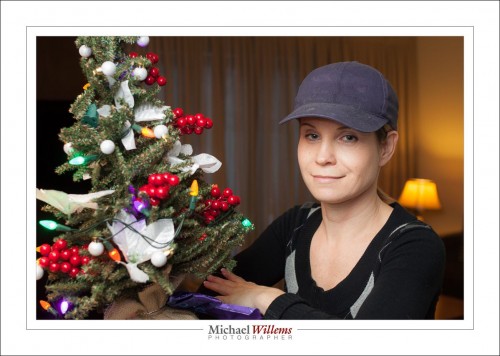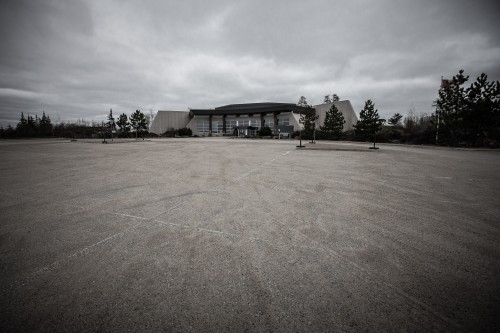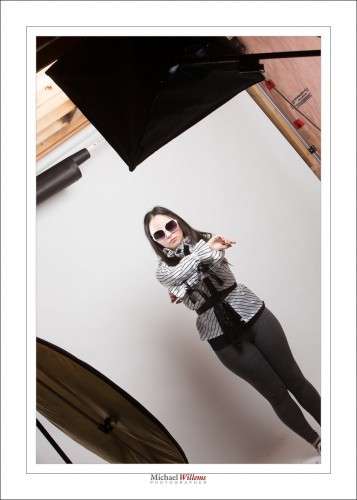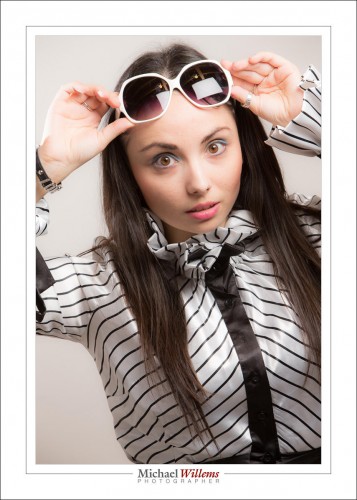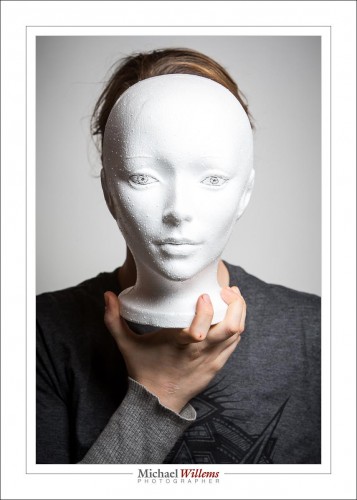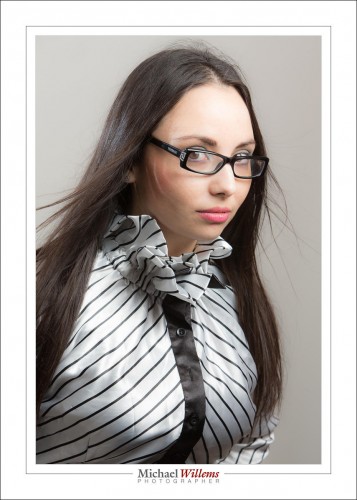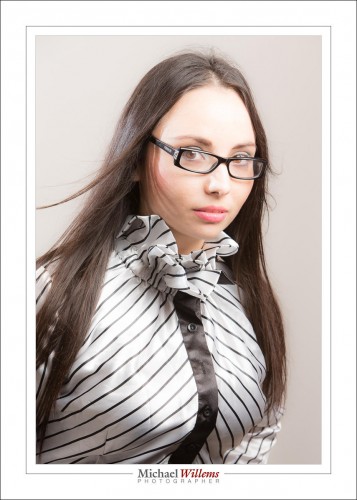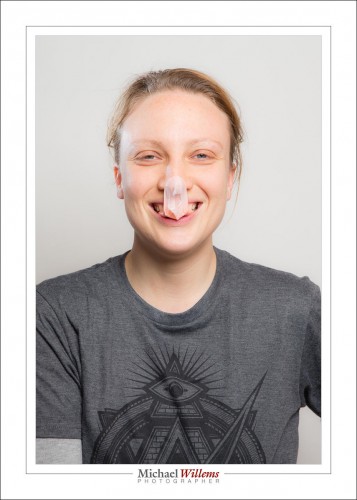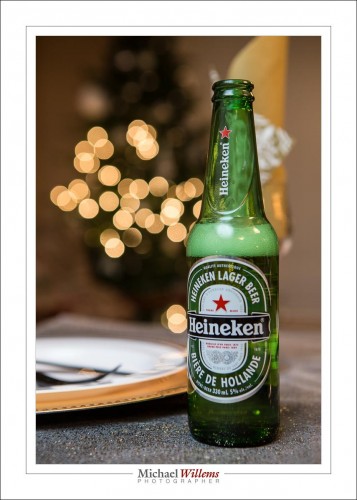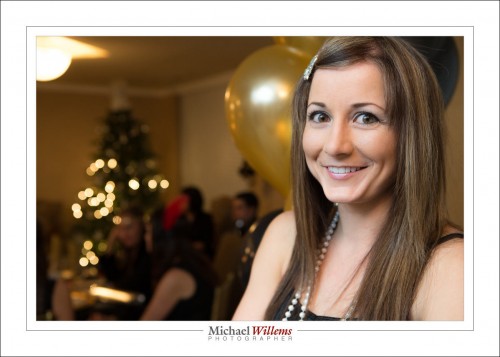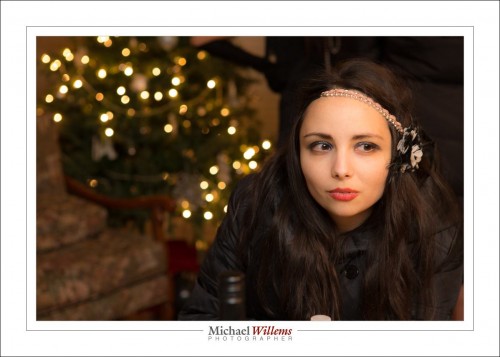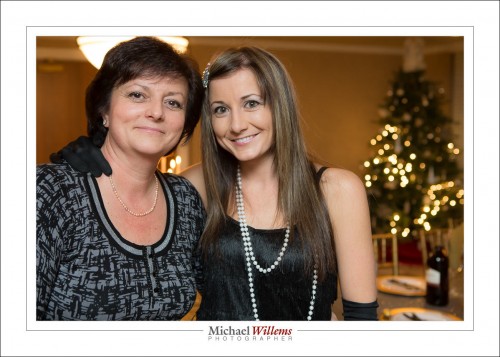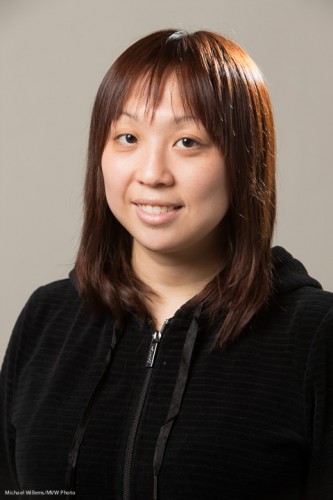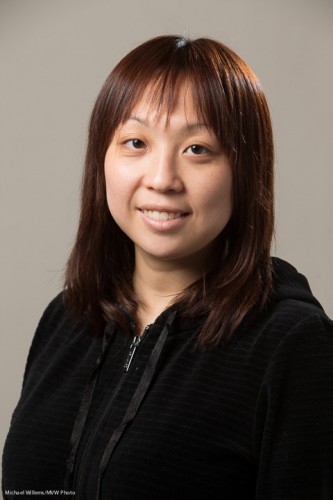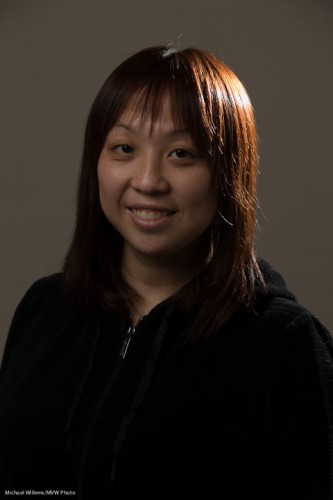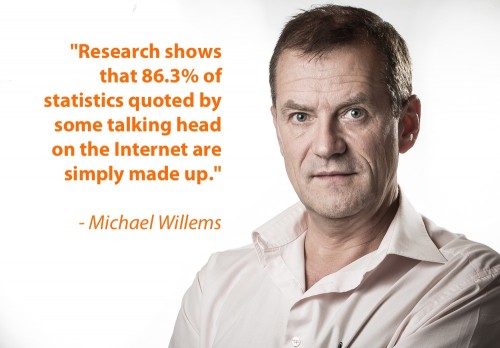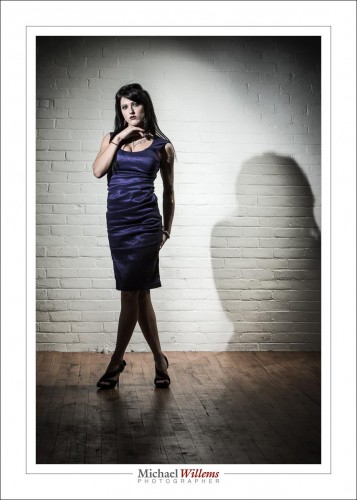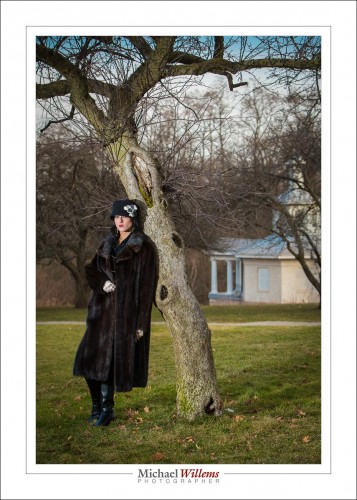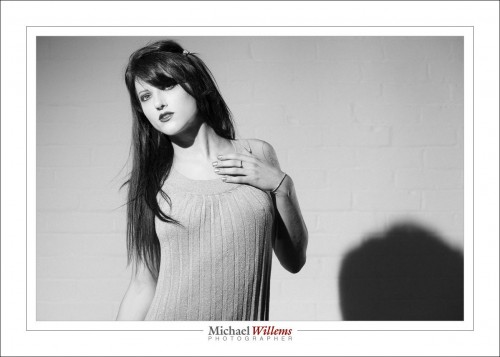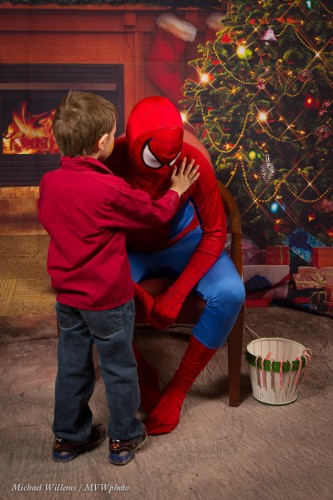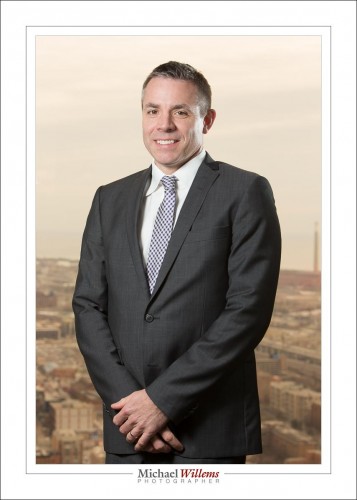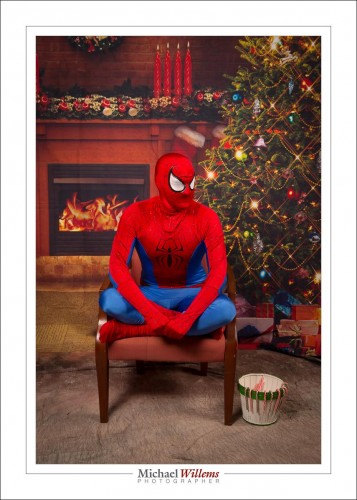So today I did some portraits. Corporate portraits, like this, of a successful executive with Toronto in the background (shot from the 49th floor):
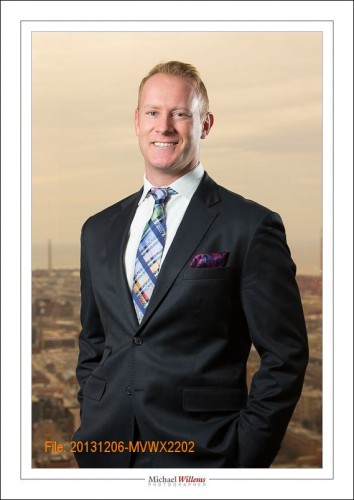
Yes, that is the city, not a backdrop.
If you need a business portrait, call me and we will set it up. It’s what I do.
But if you want to do your own, it occurs to me that it might be useful for me to talk through some of the work and some of the decision points that go into a shoot like this.
First, there’s the equipment and preparation. You will know enough about that if you have been reading this blog (if not: the e-books are still on a Cyber Week “both for the price of one” sale). Decision one: what to bring. That’s simple: my flash bag (big roller bag) and my light stand bag (including a tripod); as well as two cameras. 24-70, 70-200, and just in case, 16-35 lenses.
Then the time. Some 90 minutes in traffic, and parking, and getting back. And setting up all sorts of lights and umbrellas, which took half an hour. And then waiting for the executives. And post work, and talking with clients about what to pick – altogether more work than you may at first have thought. It is not a “click and you are done” thing. And double that, since it involves me and an assistant (the talented and reliable Denise).
Then there’s setting up the flashes. After talking with the client, I decided to use the city below as background. As you will have seen in this post, that took some doing. It always does: you have to allow time for this. A tripod is quite essential, as is tape to “mark the spot”. As seen in that prior post, setting up the correct exposure, balancing my flash with ambient light outside, can be a lot of work.
Then positioning (not “posing”: people freeze). That too can take a while. Making a subject feel comfortable can take a while. One shot does not work; multiple shots to show good and less good sides, and to make really sure that you get a few with great expressions.
Then the same kind of decisions again for the group shot. A bigger group, so the hallway I used last time was going to be too narrow. So I used the wall “going off into infinity”. First, assistant Denise and I tried the geometry: “how will we fit it in”. Here, I am pretending to be four people:
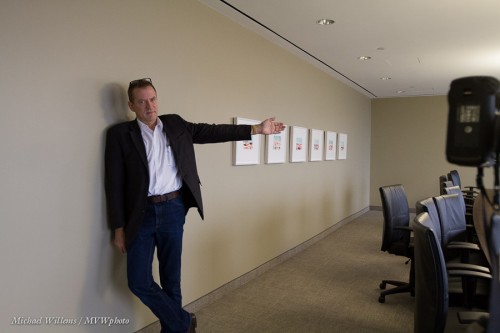
Then of course, moving furniture is also often needed.
The final group shot, lit with two speedlights in umbrellas and taken at 1/13th second, f/5.6, 400 ISO, and yes I was using the tripod, looks roughly like this:
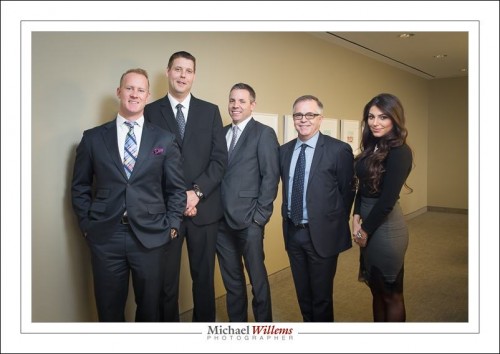
I say “roughly”, because (a) this is not the shot selected (that’s for the client); and (b) after being chosen, a shot then needs cropping, fine adjustment of exposure and colour, and removal of things like the ceiling artefacts (in the shot with me, they are still present).
I suppose in summary I would say that to do a good corporate portrait, you should first know your craft, and in particular know light; then you should consciously decide on the type of portrait – environmental or simple; what mood; who is the market for the photo. And then you should design the shot. And then execute it, re-tuning if things do not work the way you had intended.
Above all, allow yourself enough time, and make sure you think about the decisions. “Just doing stuff” seldom leads to good results. It also helps to have some “safe shots” that you know you can execute. Just in case your other plans do not work out.
Oh. And have fun. And if it’s a little much for you, ask me to come do it: I’ll teach you some tricks while we are at it.

